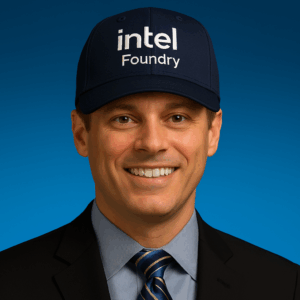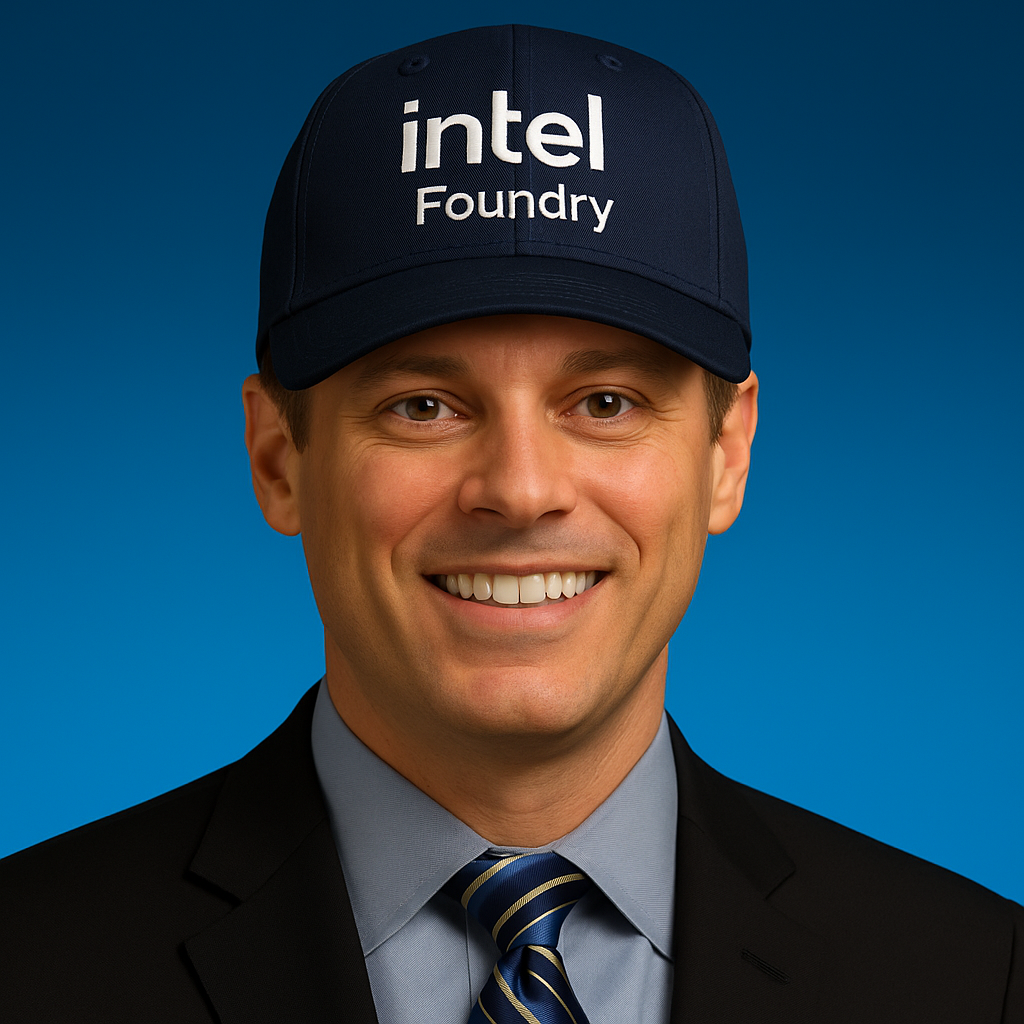
As I have said before, there is a foundry market segment that I call the “NOT TSMC” market, companies who want an alternative to TSMC. My guess, this would be a $5B+ market which is what Samsung Foundry has tried to leverage for the past 20 years. Unfortunately, working with Samsung proved to be a much higher risk than expected so the NOT TSMC market came crashing down at 3nm (N3) and 2nm (N2).
Last week the media jumped on a JP Morgan Conference where Intel CFO Dave Zinsner spoke. Of course it was spun every which way but truth for cheap clicks but there were some interesting points and one was risk. Pat Gelsinger was not a low risk CEO. He could certainly rally the troops but expectations were set much too high. If any foundry thinks they are going to beat TSMC they are wrong. Samsung has spent the last 20 years and hundreds of billions of dollars trying to unseat the #1 TSMC and have failed spectacularly.
Lip-Bu Tan however is a low-risk CEO. When he says he can deliver something you can bet on it. He is also very good with customers, he listens, he does not pontificate. Lip-Bu will make some very difficult decisions in the coming weeks but when the dust settles you will see a shiny new Intel, absolutely.
The transcript of the discussion is available HERE and below are my observations, experiences, and opinions as a 40 year semiconductor professional working in the trenches.
Lip-Bu will stay with the current strategy and not split up the company and I agree with this 100%. Intel Design and Intel Foundry must be closely coupled and work together side-by-side, not one in front of the other. That is the only way Intel products will stay ahead of the competition and that is the only way Intel Foundry can stay with the competition. Dave said it is all about execution and that is a fact and that is what Lip-Bu Tan does.
Another great comment by Dave is that Intel 14A is being developed from the ground up as a foundry node. It will have PDKs that are comparable to what the industry would expect (TSMC like). Typically, an IDM foundry was more focused on process development for internal products, then adapted the process to the foundry business. It is very difficult to compete with TSMC if that is your strategy. Unfortunately, 18A and BSPD were not originally built for a foundry but they did get big interest from customers. Hopefully Lip-Bu can turn that into revenue moving forward.
Dave did slip on on this one:
Dave Zinsner, Vice President and Chief Financial Officer, Intel: “Well, the first 18A customer is going to be Intel products. Yeah. It’s Panther Lake, and the first SKU is expected to be out by the end of the year. So, is our first win, so to speak, if you put on the Intel foundry hat with 18A.”
Sorry Dave, you just said 18A was not developed as a foundry process so it is a bit early to put your foundry hat on. Keep your foundry hat in hand until you have an external 18A customer with product, otherwise you are still an IDM.
If anyone thought that Intel 18A would be a blockbuster foundry node they clearly do not understand how foundry customers work. It is all about mitigating risk. IF 18A proves out AND 14A PDKs are early and competitive THEN big customers will come to Intel Foundry.
In regards to 14A and HNA-EUV:
Dave Zinsner, Vice President and Chief Financial Officer, Intel: “14A, you know, obviously, gets more expensive. At present, it’s expected to have high NA, and, you know, that’s a more expensive tool. So, you know, I think we do need to see more external volume come from 14a versus versus 18a.”
Here is the thing about HNA-EUV, I do not feel it is close to being ready for high volume manufacturing and foundry customers will not run to an unproven process with HNA-EUV. The added value of HNA-EUV is just not there yet.
I think Lip-Bu will recognize this and be more cautious with 14A. He should start with EUV then move it over to HNA-EUV, like TSMC did with EUV at 7nm. Get N7 into HVM then add EUV light (N7+) before going full EUV at N6. There is no shame in following TSMC on this. Remember, TSMC followed Intel for many years.
The foundry business aims for a breakeven by 2027, with revenue from external sources.
Dave Zinsner, Vice President and Chief Financial Officer, Intel: “Yeah. Okay. So, we still feel on track to to hit breakeven sometime in 2027. You know, I think when we committed to it in ’24, we said, hey. It’s gonna be somewhere between ’24 and 2030. Most people kind of settled in that that must mean ’27, and that’s generally kind of what we’re thinking is we can be breakeven.”
From ChatGPT:
“In 2024, Intel’s foundry business incurred significant financial losses, totaling approximately $13.4 billion for the year. This figure represents a substantial increase from the $7 billion operating loss reported in 2023.”
I’m not a finance guy but are we talking about breaking even for a full fiscal year or just one quarter? For a full fiscal year that will not happen in 2027 without dramatic cuts. Remember, HNA-EUV systems are $380M each and a foundry will need dozens of them if we are talking full HNA-EUV and not just a layer or three. I doubt Lip-Bu Tan will allow Intel financial hand waving moving forward but we shall see.
Harlan Sur, Semiconductor and Semiconductor Capital Equipment Analyst, JPMorgan: “So, is the right way to think about the (external foundry) mix maybe 20 to 30% ?”
Dave Zinsner, Vice President and Chief Financial Officer, Intel: “Yeah, something like that.”
Let me remind you that Intel has outsourced wafers from foundries for many years due to acquisitions (Altera, Mobileye, Habana Labs, etc…) so 20-30% is not really that much. Nothing to worry about but I do feel that moving forward Intel should be more focused on 18A and 14A. It is all about gaining manufacturing experience and economy of scales. Cost is everything in the foundry business.
All-in-all a great conversation with more transparency on the foundry side for us semiconductor professionals. Thank you Dave.
Also Read:
Intel’s Foundry Transformation: Technology, Culture, and Collaboration
Intel’s Path to Technological Leadership: Transforming Foundry Services and Embracing AI
Share this post via:






Comments
13 Replies to “Intel Foundry is a Low Risk Aternative to TSMC”
You must register or log in to view/post comments.